Why the balancing rock at Orris Falls in South Berwick may one day disappear: Nature News
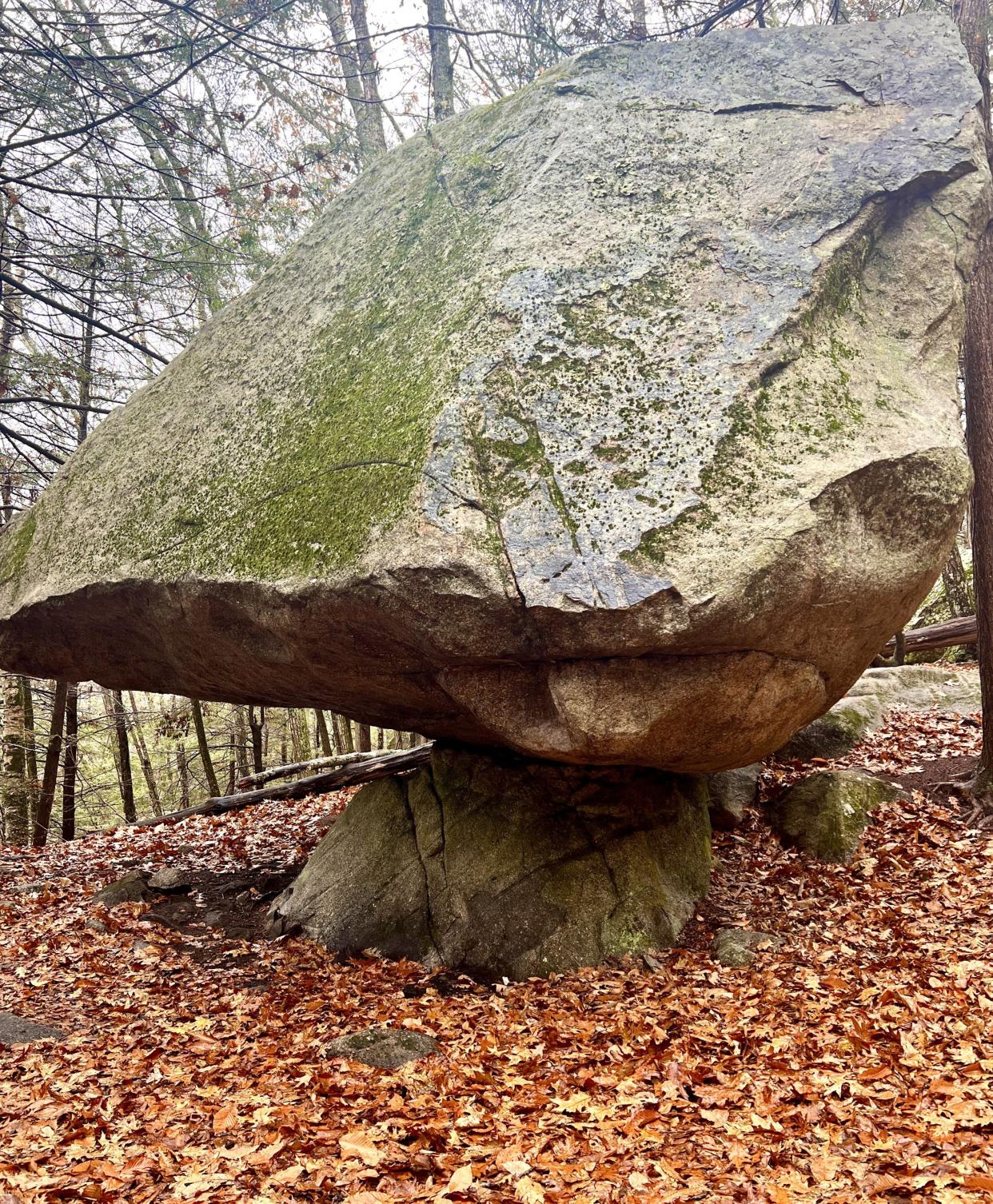
While it isn’t winter yet, we have been getting hints that it is coming — frosty mornings, the bare branches of trees rattling in the wind and the bones of the Earth revealed as the vegetation dies back, exposing the rocks and stones of the New England forest floor.
On a recent trip to visit the balancing rock at Orris Falls in South Berwick (see Great Works Regional Land Trust for information about trails), I noticed a carpet of tiny moss on one of the angled surfaces of the balancing rock. It seemed to be thriving, perhaps because of all the rain this past summer. This got me thinking about how long this rock has been here and just how incredible it is that tiny mosses and lichens can grow on bare rock.
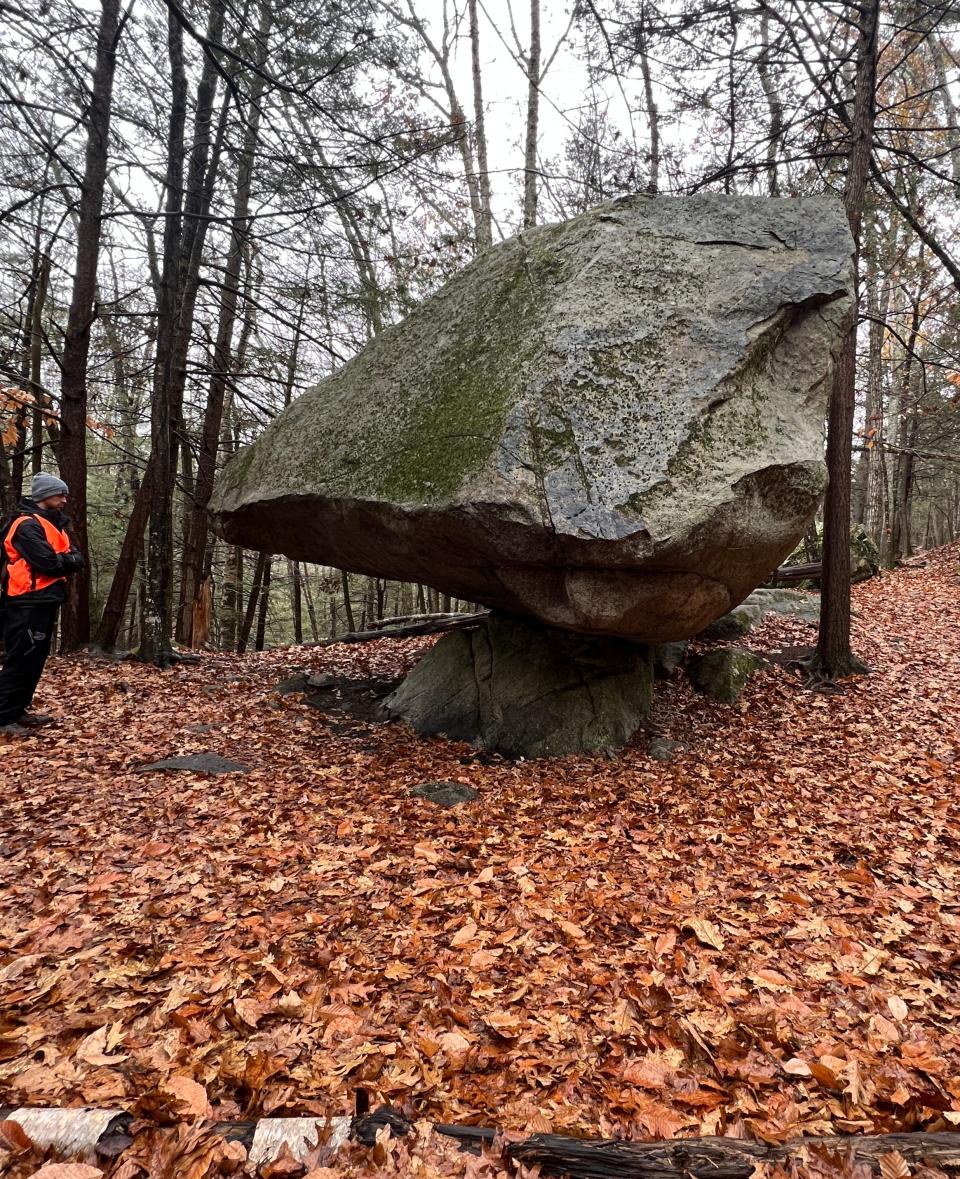
Lichens and mosses are known as pioneer organisms. They are both instrumental in the process of turning bare rock into farmland. Twenty thousand years ago, we were in the throes of an ice age that covered the north with a mile or more of glacial ice. The area where I was walking had been scraped clean of everything organic, leaving a barren landscape of exposed rock, sediment and gravel. Over time, the pioneers, lichens and mosses arrived and set up residence on this bare, soil-less land and thrived.
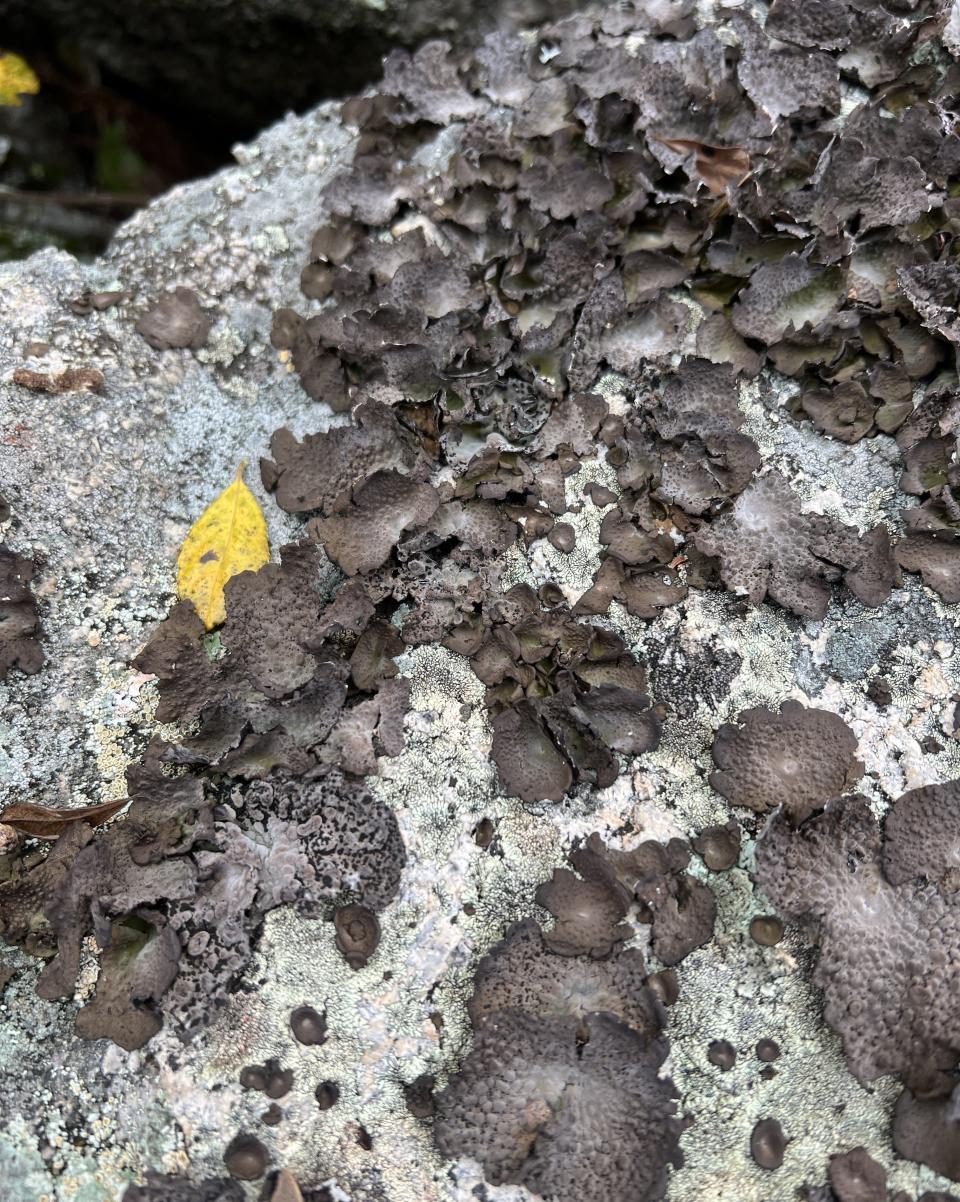
Even though lichens and mosses do not have real roots, they affect the surfaces on which they grow by releasing a variety of organic acids that dissolve the underlying rock minerals, making it crumbly at the surface, forming a layer that can hold more moisture than solid rock. This process of chemically weathering the rock is the start of the process of soil formation. When the mosses and lichens die, they provide organic matter to the new soil. Over time this process repeats, the soil thickens and becomes rich enough for other less-hardy types of plants to move in and you end up with a forest such as the one I was in. The scientific term for this colonization of bare land that starts with lichens and mosses is primary succession.
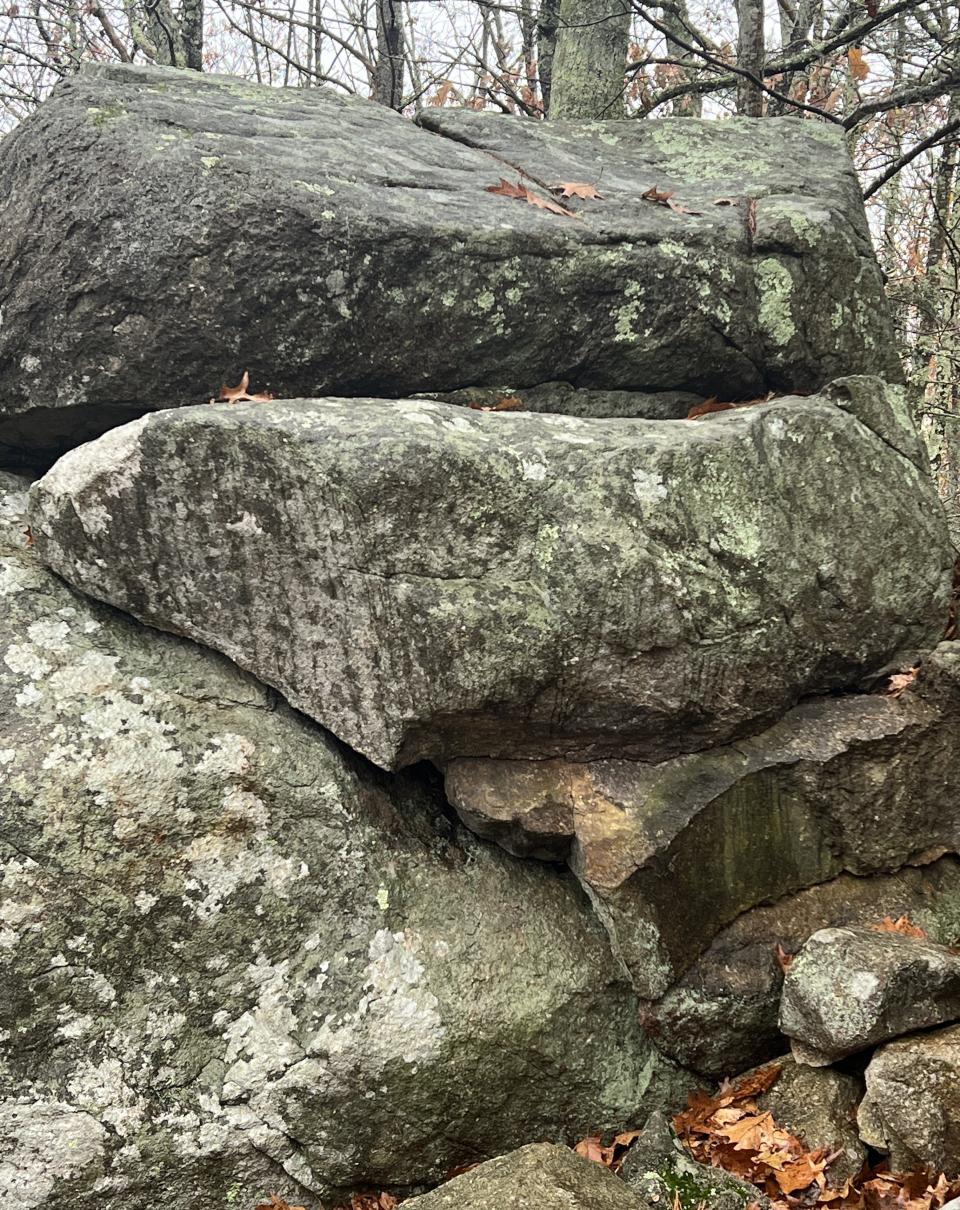
These drivers of primary succession, lichens and mosses, are very different. A lichen isn’t a plant at all but rather a combination of algae and a fungus (and sometimes a cyanobacteria). Lichen don’t have roots, they attach to rocks (and soil and bark and other substrates) with fungal filaments called rhizines or a central holdfast. These are similar to roots in that they anchor the lichen to the substrate, but they do not have the vascular capabilities of plant roots and they do not take up water and nutrients like roots do. The algae are part of the lichen that photosynthesizes food, and they absorb water and other nutrients from the atmosphere.
Mosses are primitive plants. Like lichens, mosses lack the vascular system of more advanced plants and do not have proper roots, but instead anchor themselves to the substrate via threadlike rhizoids. Mosses absorb water through their leaves, which are usually very thin, only a single cell in thickness. Some mosses can take up nutrients from water flowing over them while others can transfer nutrients directly from the substrate on which they are growing, this gives them the capability to grow almost anywhere.
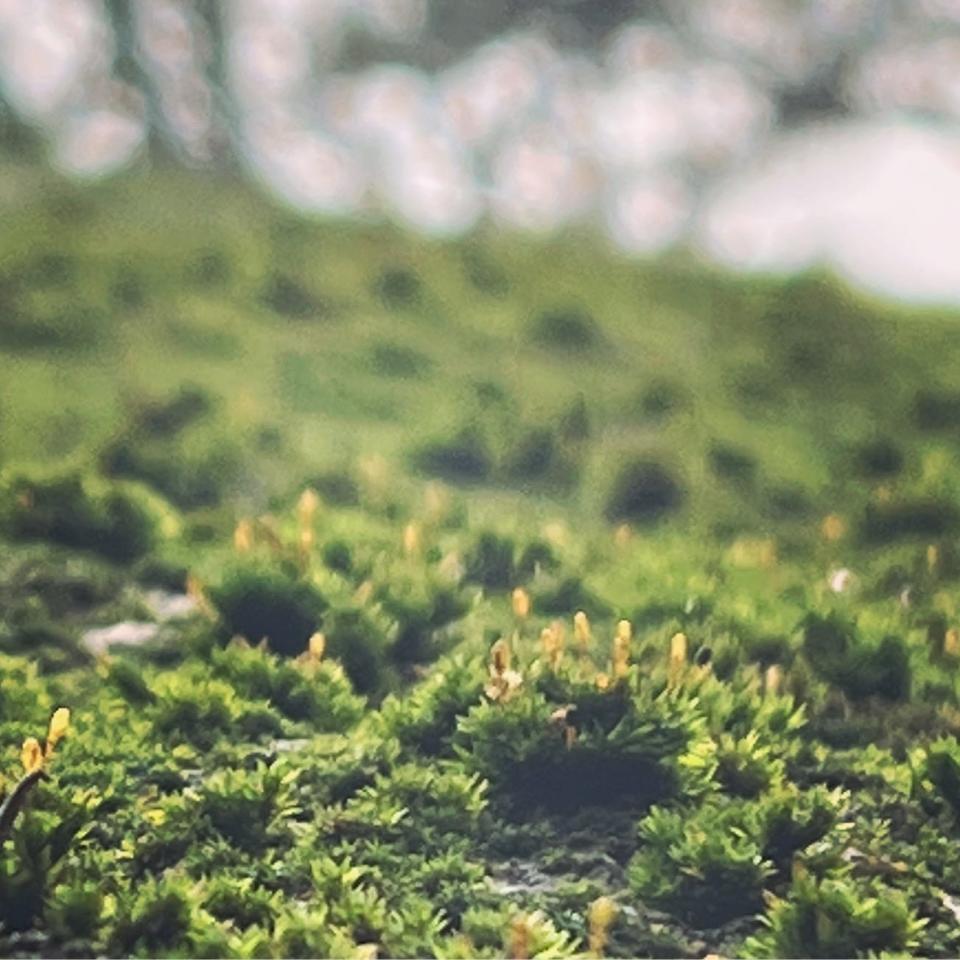
This field of tiny moss plants happily growing on the bare face of balancing rock wasn’t particularly unusual. Moss grows on rocks all the time. But there was something about seeing it growing on this largely bare rock that had been dropped in this particular spot during that last glaciation that got me thinking about the process of succession and how profoundly different things were not so long ago (in geologic time). Those tiny mosses are slowly but surely breaking up the surface of that rock, a process that will eventually lead to the rock's demise. What will this rock look like in another 10,000 years? Will a tree grow from it? Will it be reduced to rubble? Something to think about this time of year when moss and lichen-covered rocks are often one of the few hints of green in a monochrome, wintry landscape.

Susan Pike, a researcher and an environmental sciences and biology teacher at Dover High School, welcomes your ideas for future column topics. Send your photos and observations to spike3116@gmail.com. Read more of her Nature News columns online at Seacoastonline.com and pikes-hikes.com and follow her on Instagram @pikeshikes.
This article originally appeared on Portsmouth Herald: Why South Berwick balancing rock may one day disappear: Nature News

